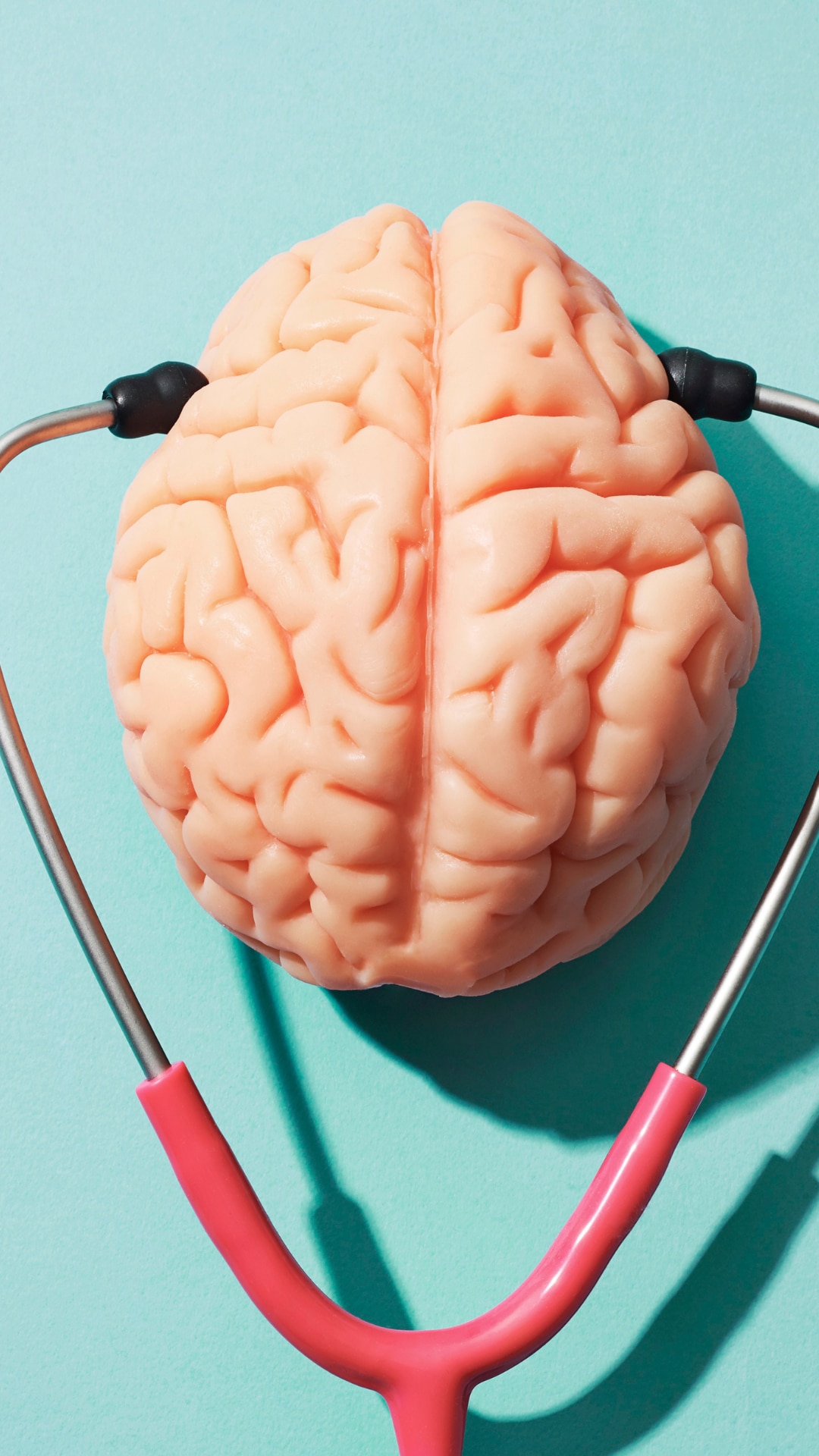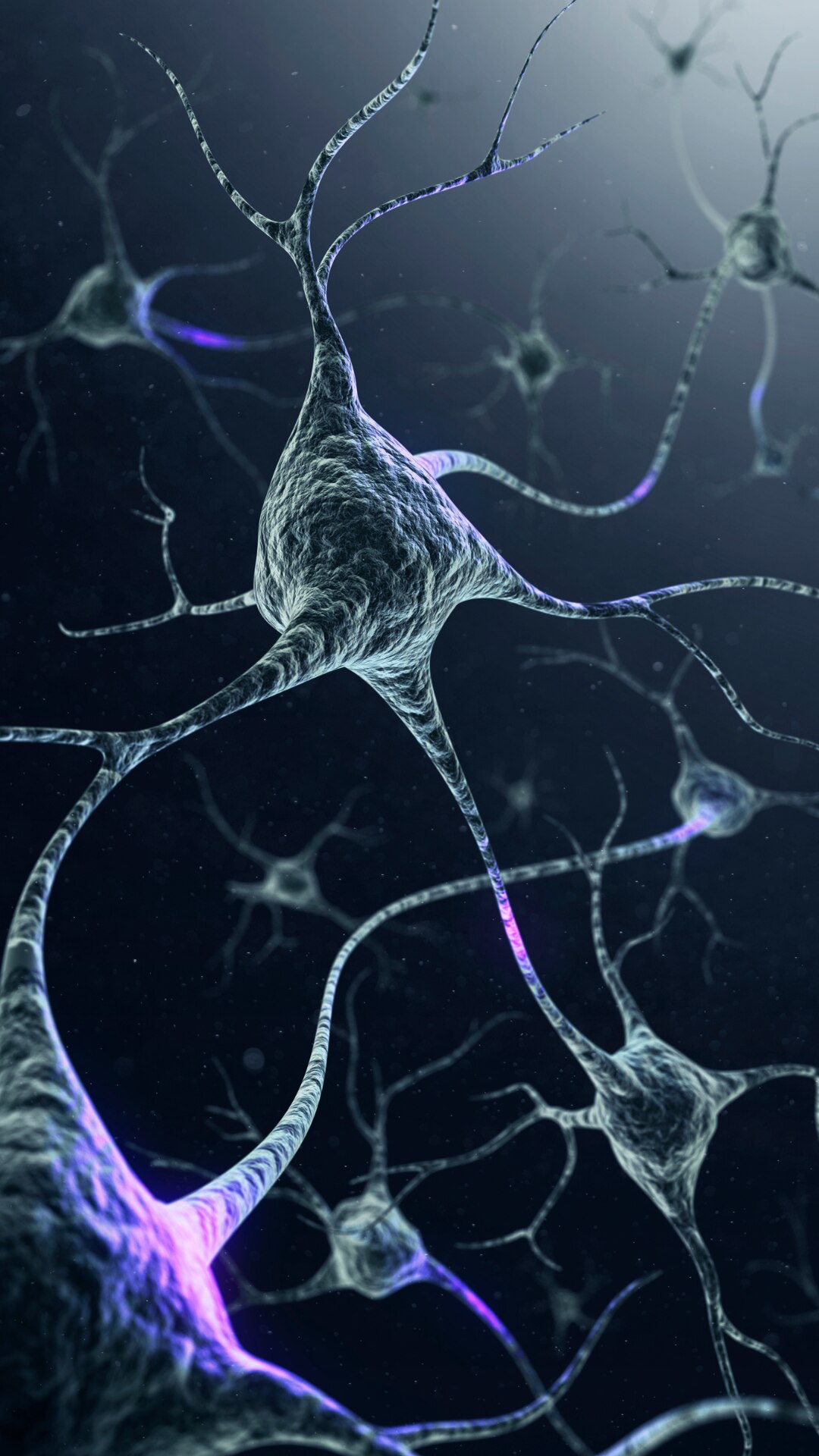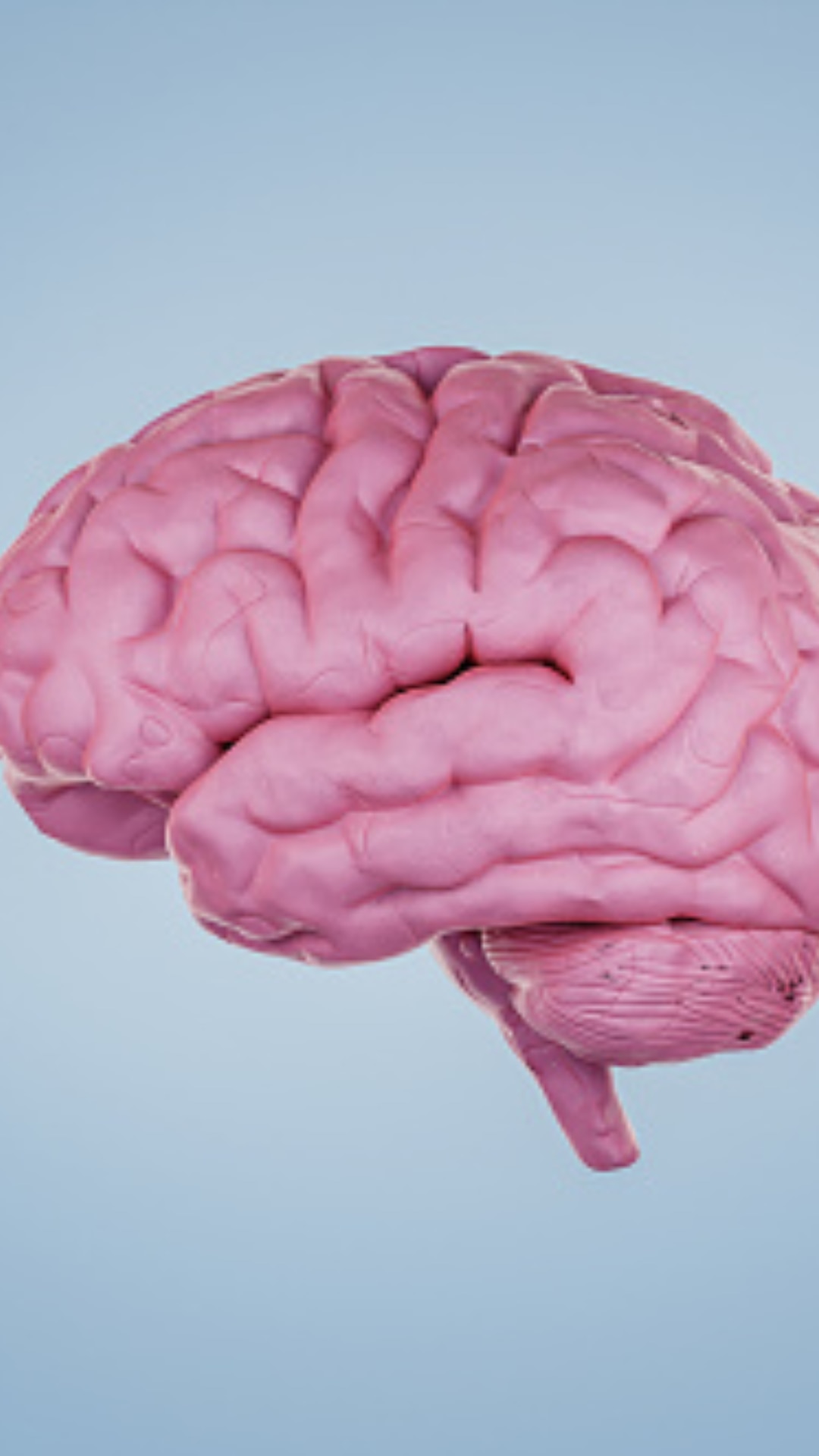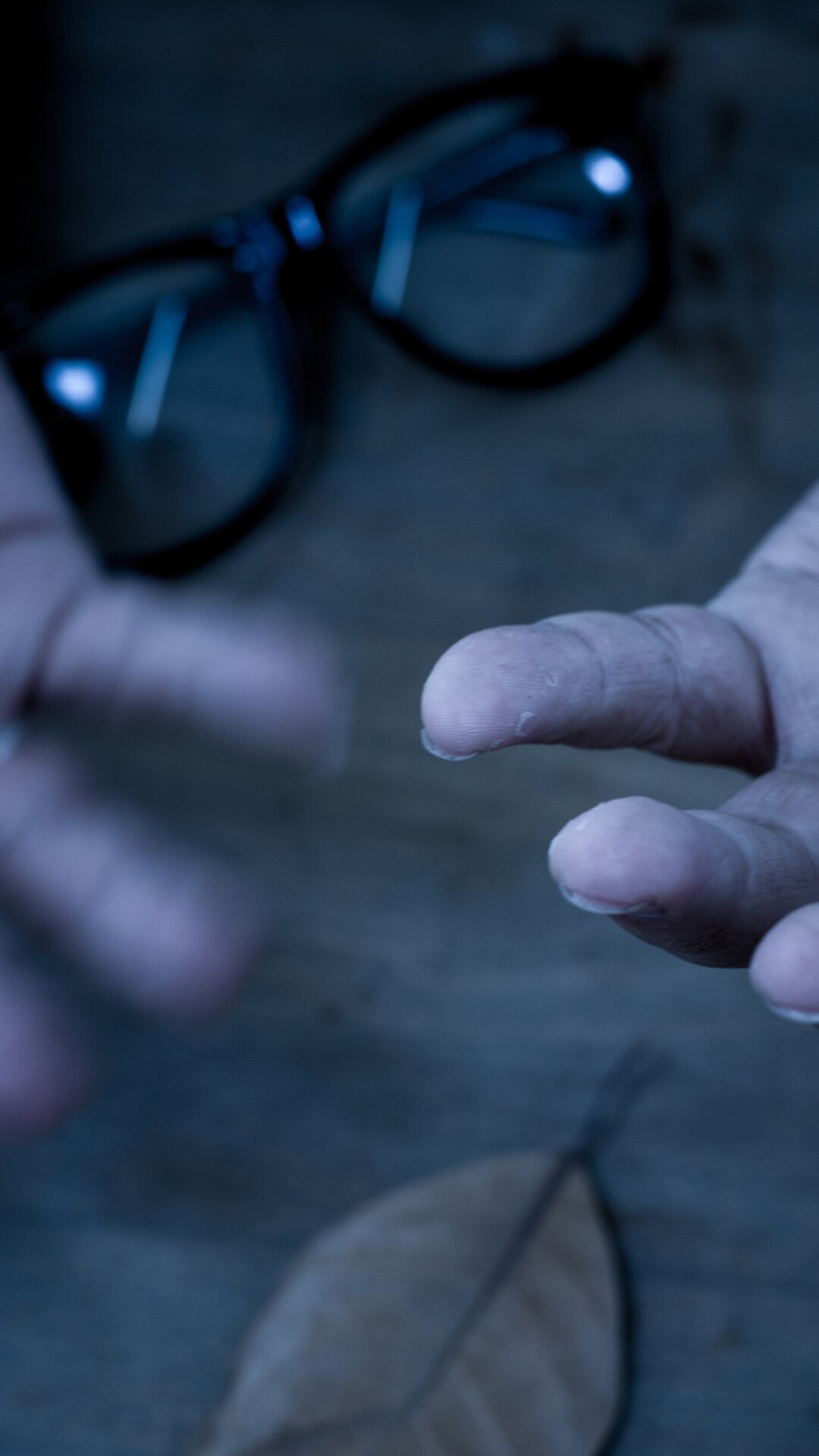
World Parkinson’s Day 2024: Understanding Juvenile Parkinson’s Disease In Children


Parkinsonism is a neurological condition affecting movement, sensory and cognitive functions, and mental health problems.


Parkinson's disease is a progressive form; in 80% of cases, it primarily occurs in adults.


Juvenile Parkinson’s Disease (JPD) occurs in children under 21, often due to genetic factors with some environmental influence.

Other causes of parkinsonism include head injury, drug reactions, certain infection triggers, or may remain unknown. Whatever the cause, there is basically a loss of dopamine-producing neurons in the brain.

Disease progression is often slower in younger people than in adults because they have fewer overall health difficulties and are better able to tolerate physical therapy treatment.

The main symptoms in teenagers include:-
Tremors affecting fine motor skills; muscle rigidity causing fatigue and balance issues.

Slow movements leading to freezing; and lack of expression.

Decreased smell or vision; Anxiety, insomnia, constipation, increased sweating, and urinary problems.
